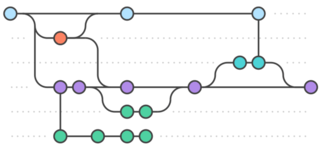Transistors: the building blocks of our digital world

Transistors are semiconductor devices that regulate the flow of electrical current within a circuit. Their invention in the mid-20th century marked a pivotal moment in electronics. Semiconductors, typically made of silicon or germanium, form the basis of transistors, granting them the ability to switch and amplify electrical signals. These devices have revolutionized the world of electronics, making way for the digital age by enabling the miniaturization of complex circuits and facilitating the rapid advancement of technology.


